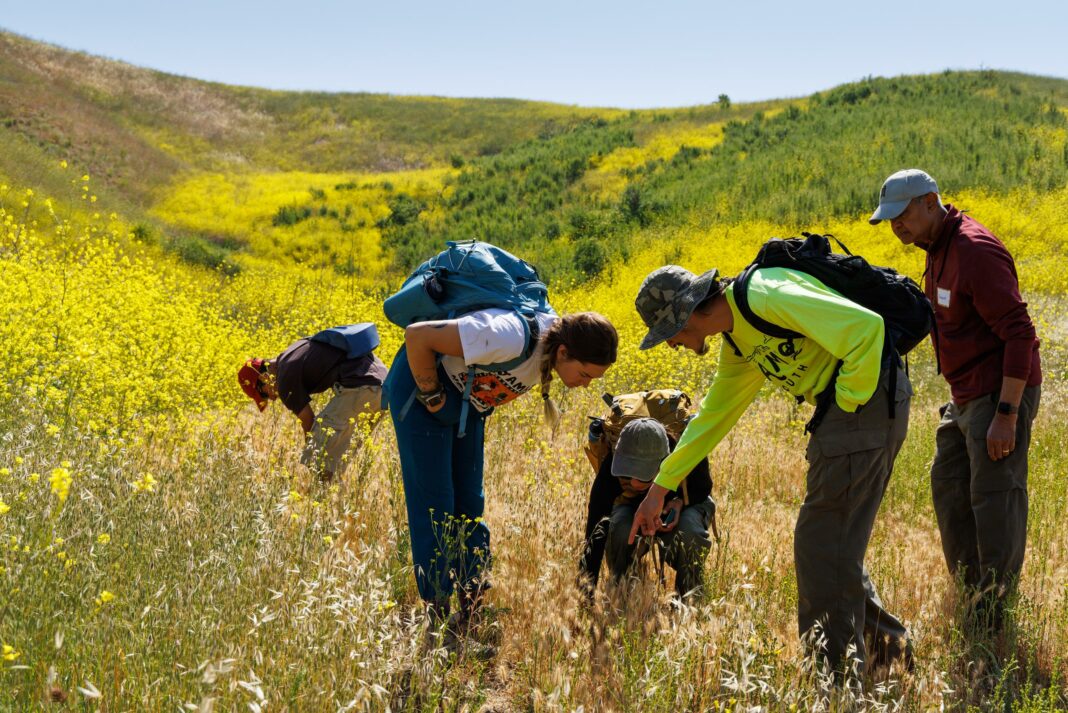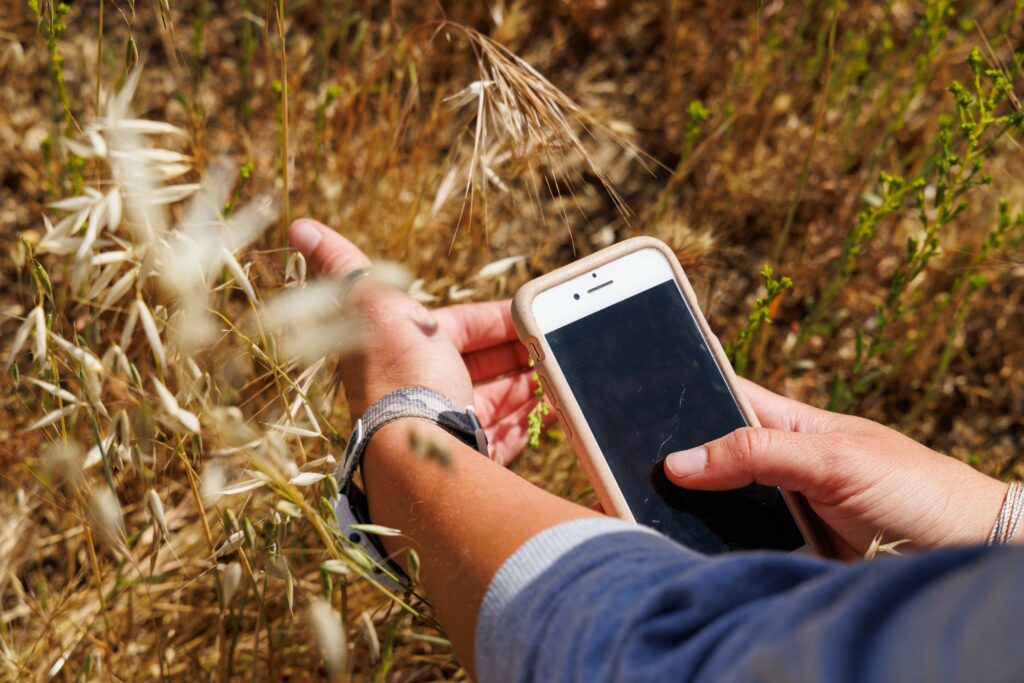Once a small two-city affair, the annual event now involves participants in more than 600 cities around the world, taking photos of wildlife, plants and flowers and loading them into a massive database that scientists use for research.
The City Nature Challenge started off in 2016 as an eight-day friendly competition between just two cities: Los Angeles and San Francisco. The goal was to see who could document the most nature, and the initiative was so successful, almost 20,000 observations were recorded between the two cities.
Word spread quickly, and by the following year, two cities had grown to around 16, says Amy Jaecker-Jones, community science manager at the Natural History Museum of Los Angeles County. Although the challenge has since scaled down to four days, it continued to grow in scope, and by 2019, it had become an international event.
This year, over 600 cities are expected to take part, with eight new countries — Gabon, Kazakhstan, Madagascar, Malawi, Maldives, Namibia, Poland, and Turkey — participating, and challenges happening on every continent, including Antarctica.
The goal, as it was from the start, is to encourage everyone to make observations and collect data about the natural world, and, as a result, connect to the environment.
Jointly led by the two founding institutions, the Natural History Museum of Los Angeles County and the California Academy of Sciences in San Francisco, the challenge unites hundreds of organizers throughout the world as they lead local efforts to pursue various research and conservation goals, Jaecker-Jones says.
Since the challenge’s first year, participants have made roughly seven million observations, each of which serves as a data point.
“Each one of them out there has the potential to inform many different layers of research,” Jaecker-Jones says.
Scientists anywhere can access information collected during the challenge, whether they’ve been part of the City Nature Challenge or not. And unlike other community science programs, the City Nature Challenge doesn’t aim to answer one specific research question or goal, Jaecker-Jones explains.
“It’s really very open for the needs of local communities,” she says.
Over the years, City Nature Challenge participants have documented the spread of populations into new areas (known as species range extension), invasive species, and species thought to be highly threatened.
Last year alone, 85 rare, endangered, or threatened species were documented in L.A. County, including as the Slender-horned spineflower, a small plant in the buckwheat family, and the Least Bell’s vireo, a federally endangered songbird.
In L.A. County, many observations have helped scientists better understand under-documented and under-studied animals and behaviors, while highlighting the impacts of human activity. That could mean a natural occurrence of a species that has been heavily poached, like white sage, or observations of armored catfish in a local waterway, said Sam Tayag, community science manager at the Natural History Museum.
Community science facilitates observations that would otherwise be impossible, Tayag says, recalling a photo that was submitted a couple of years ago of a gray fox in an industrial area. The photo had been submitted by a security guard working a night shift, Tayag explains.
“There is no team of research scientists, no grant funding that can make a team be able to survey an urban area like that 24/7,” they said.
This year, the challenge runs from April 26 to 29. Anyone can participate by simply keeping an eye out for wildlife, taking a photo (or several), and uploading those photos to the iNaturalist app. From there, experts will identify each observation.
Jaecker-Jones suggests looking up at trees, under eaves of buildings and power lines, on the ground, or under a park bench, and then documenting what you see.
And don’t forget about the smaller species, Tayag says. Although they’re less flashy, they are important for biodiversity.
“Get very curious about the undiscovered stuff,” Tayag says. “Having that sense of curiosity to just look at an animal or a plant and think ‘I don’t know what this is, but I’m going to find out’ — that would be so helpful for ongoing research.”
Submitted photos can be labeled something as simple as “bird” or “plant,” and Jaecker-Jones and Tayag suggest submitting multiple angles. They also advise uploading separate observations for each organism. For instance, they say, if there is a bee resting on a flower, upload at least one image labeled “bee,” and at least one labeled “flower.” Just make sure any submitted images are of naturally occurring plants or animals, they emphasize — so nothing planted or maintained by people, like an herb garden, or a pet.
The City Nature Challenge really puts that spotlight on the nature that we live with that often gets ignored or considered a pest species — it connects people to something that’s super accessible and important in their daily lives.
– Sam Tayag, Community Science Manager at the Natural History Museum
According to Tayag and Jaecker-Jones, the overarching goal of the City Nature Challenge is just to connect people to local nature in urban areas, while collaborating with people around the world.
“The excitement that you see on a child’s face, the excitement you see on a senior citizen’s face, too, when spotting a butterfly, or learning and connecting to some of the local plants that have been used for eons by Indigenous populations, and connecting people to their own personal history, as well through some of the nature that is found, is really quite profound,” Jaecker-Jones says.
This can be especially significant for those living in Los Angeles, which is considered a park-poor area, the pair says.
“The City Nature Challenge really puts that spotlight on the nature that we live with that often gets ignored or considered a pest species — it connects people to something that’s super accessible and important in their daily lives,” Tayag says.
Through the City Nature Challenge, local communities are ultimately empowered to better protect and understand their local environments by expanding the definition of community to include surrounding wildlife, they added.
“It changes your framework that nature is no longer out there,” Jaecker-Jones says. “Nature is right here.”
Whether it’s using the data collected during the challenge to advocate for land protections, or inspiring communities to stand up for the natural world in their neighborhood, Tayag hopes that the program will leave a legacy of nature lovers.
”Once you put on your nature eyes and start really looking at the details, I think it’s almost impossible for you not to start falling in love with what you’re seeing,” Jaecker-Jones says. “And of course that love leads to action.”
Find more information about the City Nature Challenge and how to participate here.





I’m all in on this !